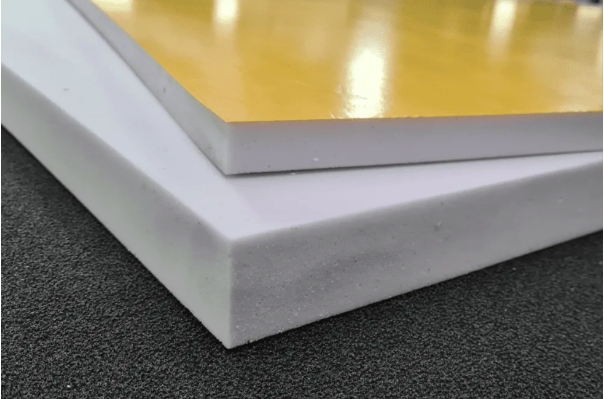Mastering the Art of Roofing a Gambrel Roof: Essential Tips and Techniques for a Stunning Finish

When it comes to roofing a gambrel roof, precision and knowledge are key. Whether you’re a seasoned professional or a DIY enthusiast, understanding the intricacies of gambrel roof structures can make all the difference. In this comprehensive guide, we’ll delve into the essential tips and techniques to achieve a stunning finish for your gambrel roof project.
What is a Gambrel Roof?
Before diving into the roofing process, it’s crucial to understand what a gambrel roof is. A gambrel roof is a type of roof with two slopes on each side, the lower slope being steeper than the upper one. This design is often seen in barns, sheds, and colonial-style homes. The gambrel roof is popular for its aesthetic appeal and the additional attic or storage space it provides.
Essential Tips for Roofing a Gambrel Roof
Roofing a gambrel roof requires meticulous planning and execution. Here are some essential tips to ensure a successful project:
1. Choose the Right Materials
Selecting the appropriate roofing materials is vital. Asphalt shingles are a common choice for gambrel roofs due to their durability and cost-effectiveness. However, metal roofing is also a viable option, offering longevity and a sleek appearance.
2. Measure and Cut Accurately
Precision is crucial when cutting and measuring your roofing materials. Use a tape measure and chalk line to ensure your cuts are straight and your measurements are accurate. This will prevent gaps and overlaps that could lead to leaks.
3. Install Proper Ventilation
Proper ventilation is essential for any roof, including gambrel roofs. Install ridge vents and soffit vents to ensure adequate airflow, which helps prevent moisture buildup and extends the lifespan of your roof.
4. Use Underlayment
Underlayment acts as an additional layer of protection against moisture. Lay down a high-quality underlayment before installing your shingles or metal roofing. This step is crucial, especially for gambrel roofs, as they have more seams and potential leak points.
5. Secure Flashing
Flashing is used to seal joints and prevent water from seeping into your roof. Ensure that all flashing around chimneys, dormers, and other protrusions is securely installed and sealed with roofing cement.
Techniques for Roofing a Gambrel Roof Shed
Roofing a gambrel roof shed follows similar principles to larger structures but may have unique challenges due to its smaller size. Here are some techniques to consider:
1. Pre-assemble Roof Sections
For smaller sheds, pre-assembling roof sections on the ground can make installation easier and safer. This allows for more precise construction and reduces the time spent working at height.
2. Consider Lightweight Materials
Given the smaller structure of a shed, consider using lightweight materials such as corrugated metal or composite shingles. These materials are easier to handle and install, reducing the physical strain of the project.
3. Ensure Structural Integrity
Even for a shed, it’s important to ensure the structure is sound. Check that all trusses and supports are securely fastened and capable of bearing the weight of your chosen roofing materials.
Conclusion
Mastering the art of roofing a gambrel roof requires a blend of knowledge, skill, and attention to detail. By understanding what a gambrel roof is and following these essential tips and techniques, you can achieve a stunning finish that enhances the beauty and functionality of your structure. Whether you’re working on a large barn or a small shed, these principles will guide you to success.
FAQs
1. What is the advantage of a gambrel roof?
A gambrel roof provides more usable space in the attic or loft area due to its steep lower slope, making it ideal for barns, sheds, and colonial-style homes.
2. Can I use metal roofing on a gambrel roof?
Yes, metal roofing is an excellent choice for gambrel roofs due to its durability and long lifespan.
3. How do I ensure my gambrel roof is properly ventilated?
Install ridge vents and soffit vents to ensure adequate airflow, which helps prevent moisture buildup and extends the lifespan of your roof.
4. What materials are best for roofing a gambrel roof shed?
Lightweight materials such as corrugated metal or composite shingles are ideal for roofing a gambrel roof shed due to their ease of handling and installation.
5. Is underlayment necessary for a gambrel roof?
Yes, underlayment provides an additional layer of protection against moisture and is especially important for gambrel roofs with more seams and potential leak points.






